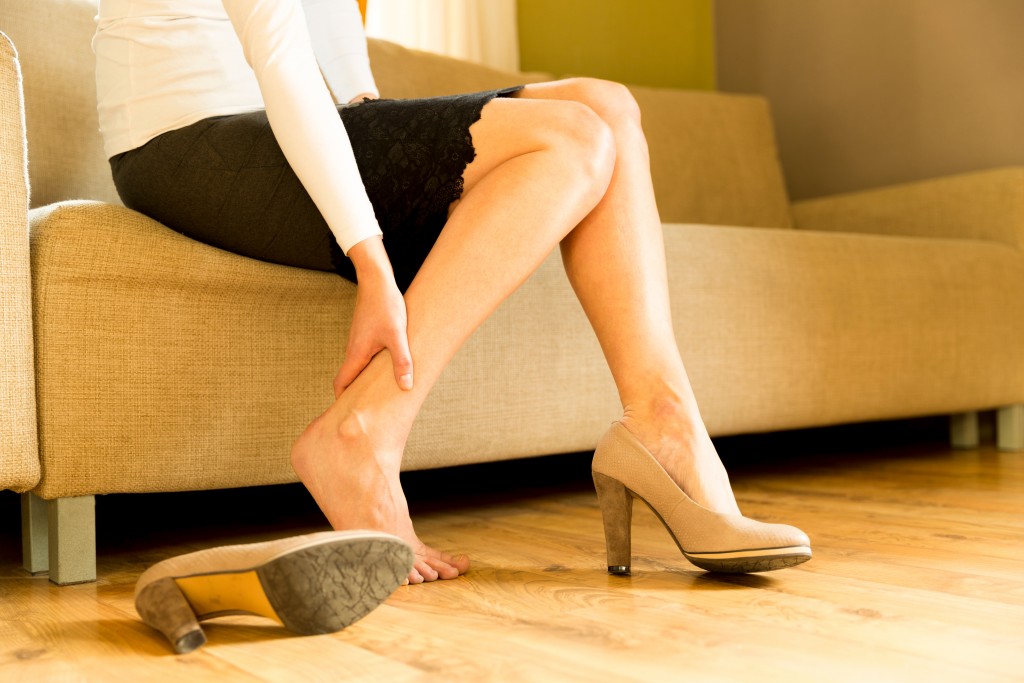Most people spend their workdays on their feet. Those who mainly sit when working have started running or walking to boost their health. Both groups of people, however, suffer from heel pain to varying degrees. Unfortunately, most of them assume this is a temporary condition that can be remedied by foot massages or dipping them in warm water at the end of the day. Heel pain can have serious underlying causes that can lead to permanent damage if left unchecked.
There is no type of heel pain among patients that should be considered normal. Heel pain is often a consequence of small but repetitive injuries that happen at a faster rate than your body can heal. Left untreated, the injuries spread to cause inflammatory joint conditions and low back problems that are expensive to treat and can affect your quality of life. It is common for doctors to recommend stretching exercises, heat therapy, or physiotherapy in Singapore. More severe cases may need surgical treatment, though. It all depends on the underlying cause. The following are the conditions that cause heel pain and how they are treated.
Plantar Fasciitis
This common condition damages the fascia band that connects the underside of the toes to the heel bone. Plantar fasciitis is attributed to sudden extensive walking, running, or standing, more so when you previously led a sedentary lifestyle. It can also follow poor shoe support, excess weight, and a tight Achilles tendon. Treatment of plantar fasciitis involves the resting of your foot, deep-heat therapy, steroid injections, stretching exercises, and surgery in severe cases to release the banded tissue.
Heel Bursitis
The inflammation of the bursa, a fluid-filled sac under your heel bone, is called heel bursitis. The heel pain in this condition is typically at the center of your heel and worsens as the day progresses. Heel bursitis often follows a fall on your heel from a height. Ultrasound and medication provide some relief for the pain, but a shoe insert is the best podiatry solution for long-term management of heel bursitis.
Tarsal Tunnel Syndrome
This feels like a tingling or burning sensation under your heel. It is accompanied by an intermittent loss of sensation along the base of your foot. Tarsal tunnel syndrome is caused by the compression of your tibial nerve while passing inside your ankle. A diagnosis of the condition is generally made by tapping this nerve just behind your ankle to stimulate pain. A podiatrist will often prescribe customized shoe inserts to reduce the pressure on this nerve. Local injections to the affected nerve, if it is inflamed, might also be necessary.
Achilles Tendinosis or Tendonitis

This follows the placement of more pressure on your Achilles tendon than it can handle. The pressure causes the development of small tears and inflammation that, at times, causes the rupture of the Achilles tendon. The tears cause further injury and tendon swelling hence the name tendinitis. Podiatry treatment of Achilles tendinosis typically includes special exercises to strengthen the tendon.
Prevention is Still Better Than Cure
The above causes of heel pain affect people of all ages. You can reduce your risk of the same by observing simple self-care measures. Some of these measures include avoiding the wearing of uncomfortable or ill-fitting shoes, maintaining a healthy weight, and minimizing activities on hard ground.




